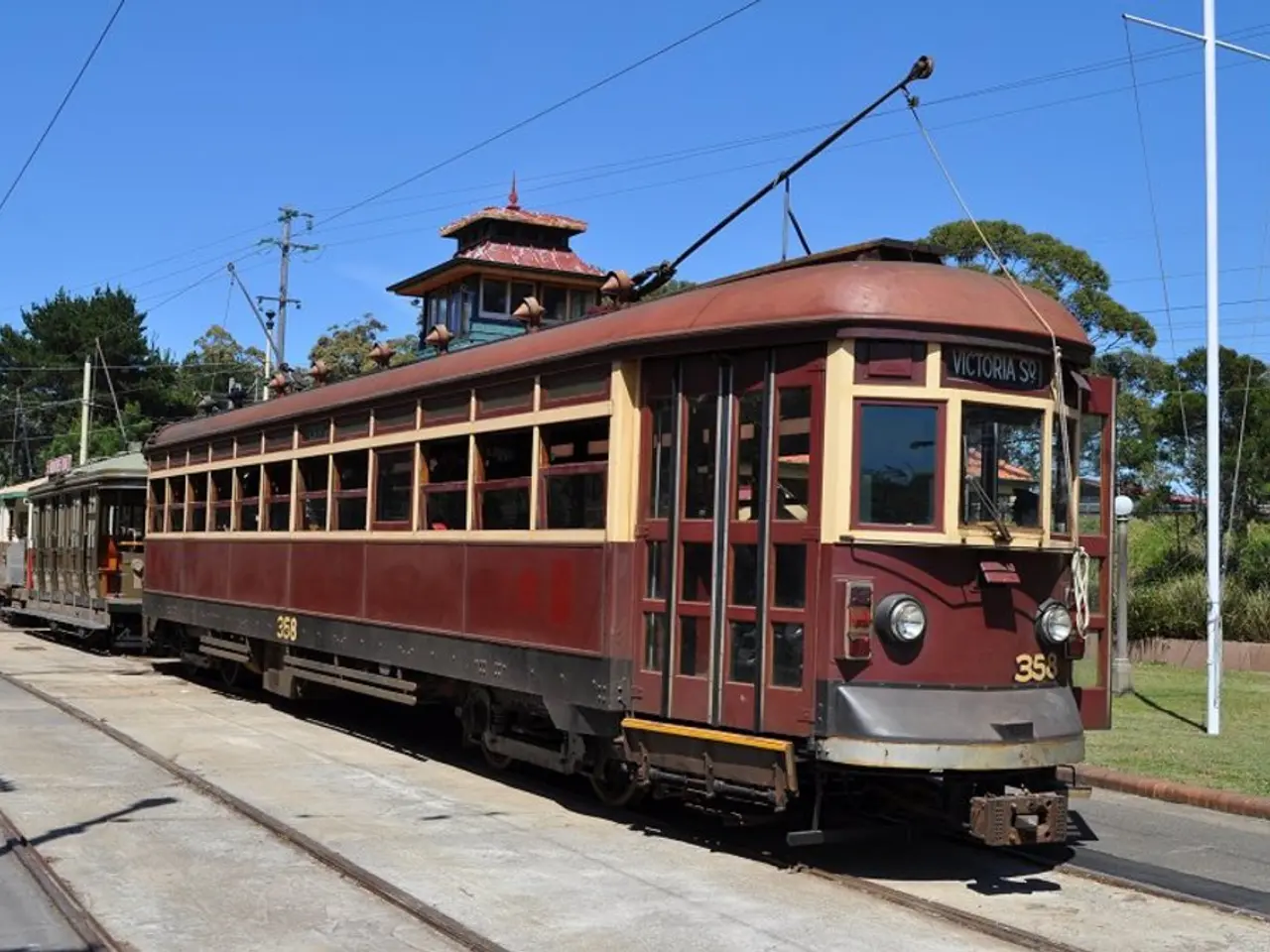Potential Expansion of Stuttgart 21 Could Lead to Significant Development
Stuttgart 21, a major European railway project, is set to revolutionise rail connectivity and regional development in Germany's southwestern city of Stuttgart. The initiative, which involves replacing the existing main station with an underground through-station, is a testament to the country's commitment to modernising its infrastructure and promoting sustainable urban development.
Currently, Stuttgart 21 is in the midst of construction, with a focus on enhancing safety, hygiene, and operational efficiency. The project, which includes tunnelling and modernising rail connections, aims to improve capacity and efficiency, ultimately benefiting both long-distance and regional traffic.
Environmental considerations are integral to the project. Stuttgart 21 is committed to minimising ecological disruption during construction and promoting long-term sustainability initiatives. The project aligns with ongoing efforts to integrate cleaner technologies and sustainable urban infrastructure practices seen throughout Germany and Europe, with the goal of reducing CO2 emissions and preserving biodiversity.
One of the key benefits of Stuttgart 21 is the anticipated increase in rail traffic capacity. By converting the terminal station into an underground through-station, the project aims to reduce bottlenecks, shorten travel times, and allow more trains to pass through Stuttgart without the need to reverse direction. This will contribute to enhanced punctuality and operational reliability, potentially attracting more passengers to rail transport and reducing road traffic congestion.
Integration with suburban railways is another significant aspect of the project. The new station configuration supports more frequent and reliable suburban services by improving track layouts and connections. This integration is expected to boost public transport usage, facilitate smoother transfers, and enhance connectivity within the Stuttgart metropolitan region and beyond.
The future outlook for Stuttgart 21 is promising. Phased completions are planned over the coming years, with the success of the project hinging on continued management of environmental impacts, the realization of operational efficiencies, and public acceptance. Innovations such as advanced safety measures and operational optimization are improving construction efficiency, while long-term transport benefits are anticipated to play a key role in regional mobility and climate mitigation strategies.
However, the traffic benefits of the Stuttgart 21 railway project are a subject of debate. Some suggest that it might not provide significant benefits, especially in terms of becoming a central transfer hub. Nonetheless, the connection of the suburban railway to Stuttgart 21, or the possibility of an additional station, could become exciting prospects.
The Stuttgart 21 railway project, if completed, will provide 10,000 people with a new district in a central location. The digitalization of Stuttgart 21, if successful, can allow trains to run at much shorter intervals. The project, however, faces challenges, with some calling for its flooding after renewed speculation about a delay in its completion date.
In conclusion, Stuttgart 21 represents a transformative railway infrastructure project with significant expected benefits for traffic capacity and regional connectivity, aligned with environmental sustainability efforts and enhanced integration of suburban rail services. The project continues to progress, balancing complex construction challenges with ambitious goals for a more sustainable and efficient transport network.
- The project's alignment with ongoing efforts in the industry and finance, particularly in Europe, demonstrates a commitment to modernizing infrastructure and promoting sustainable urban development, a focus shared by political leaders and general-news outlets.
- Enhancing operational efficiency and safety is not only essential for the railway transportation sector but also crucial for finance and industry, as any improvements could lead to increased productivity and reduced costs.
- The anticipated increase in rail traffic capacity, prompted by the project's completion, could significantly impact the general-news landscape by potentially reducing road traffic congestion, thereby lessening the burden on the transportation sector and contributing to a greener economy.




